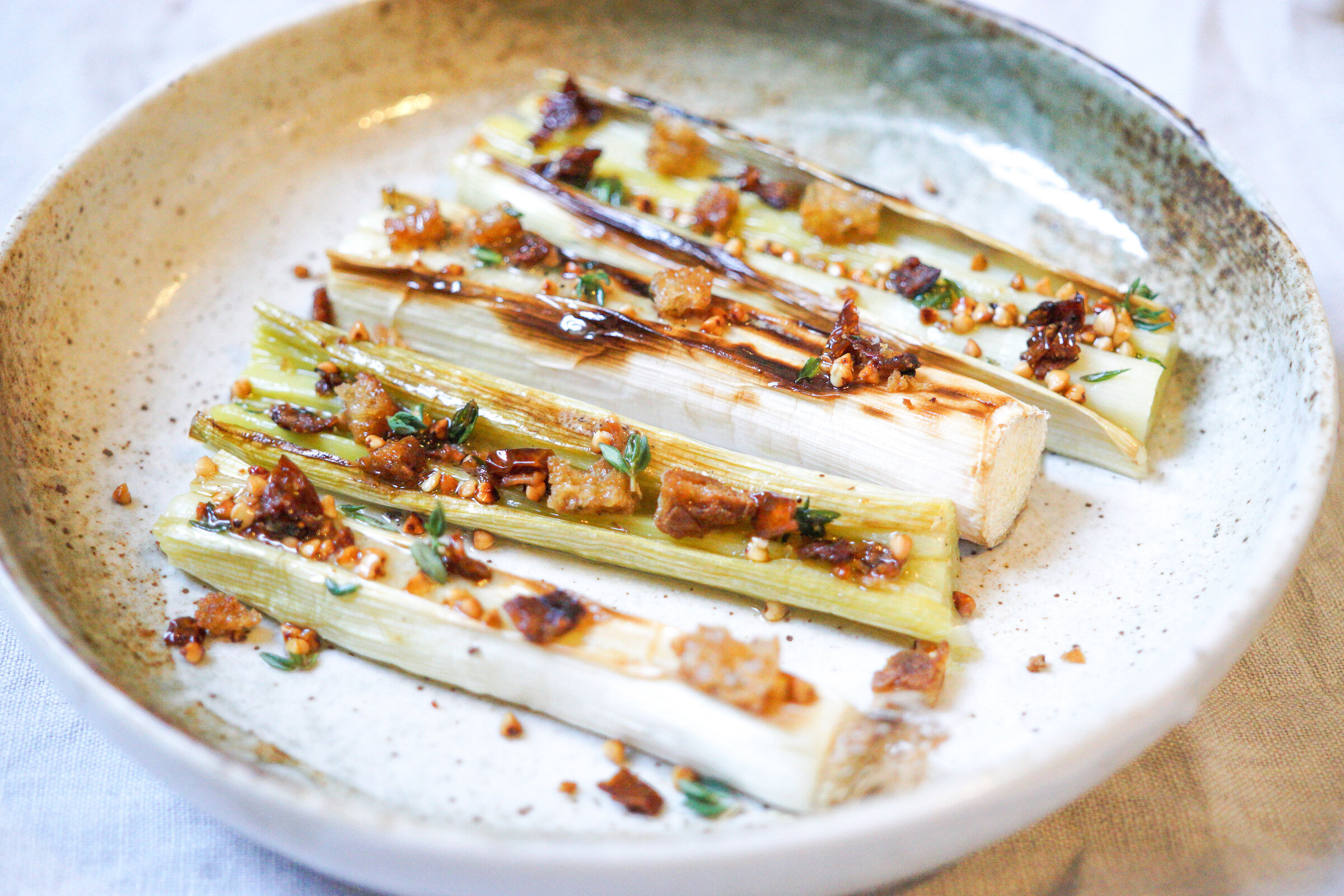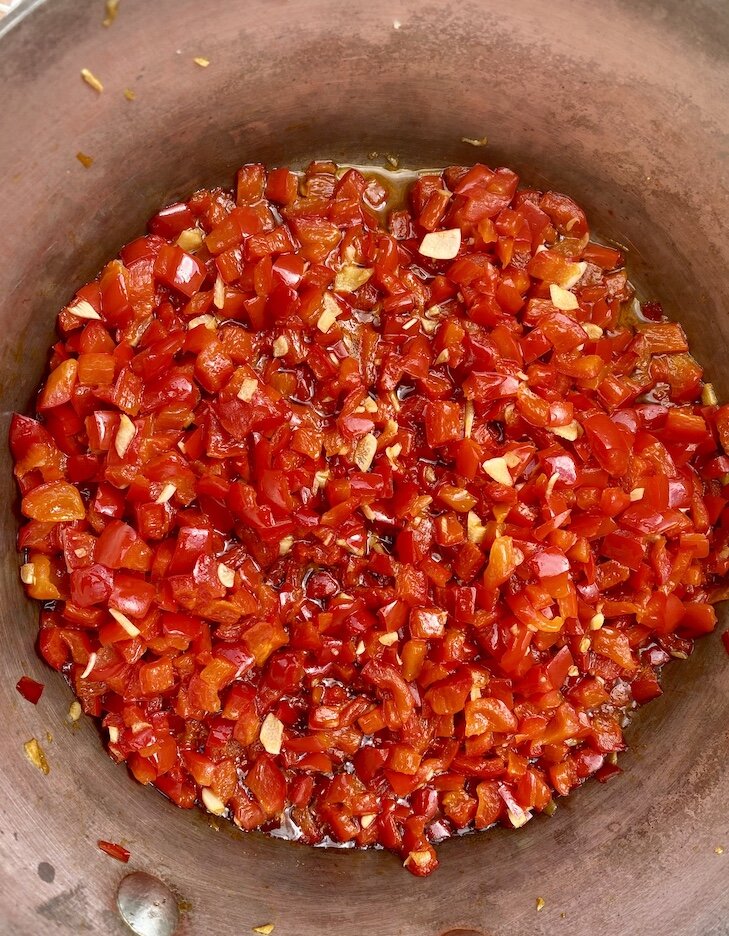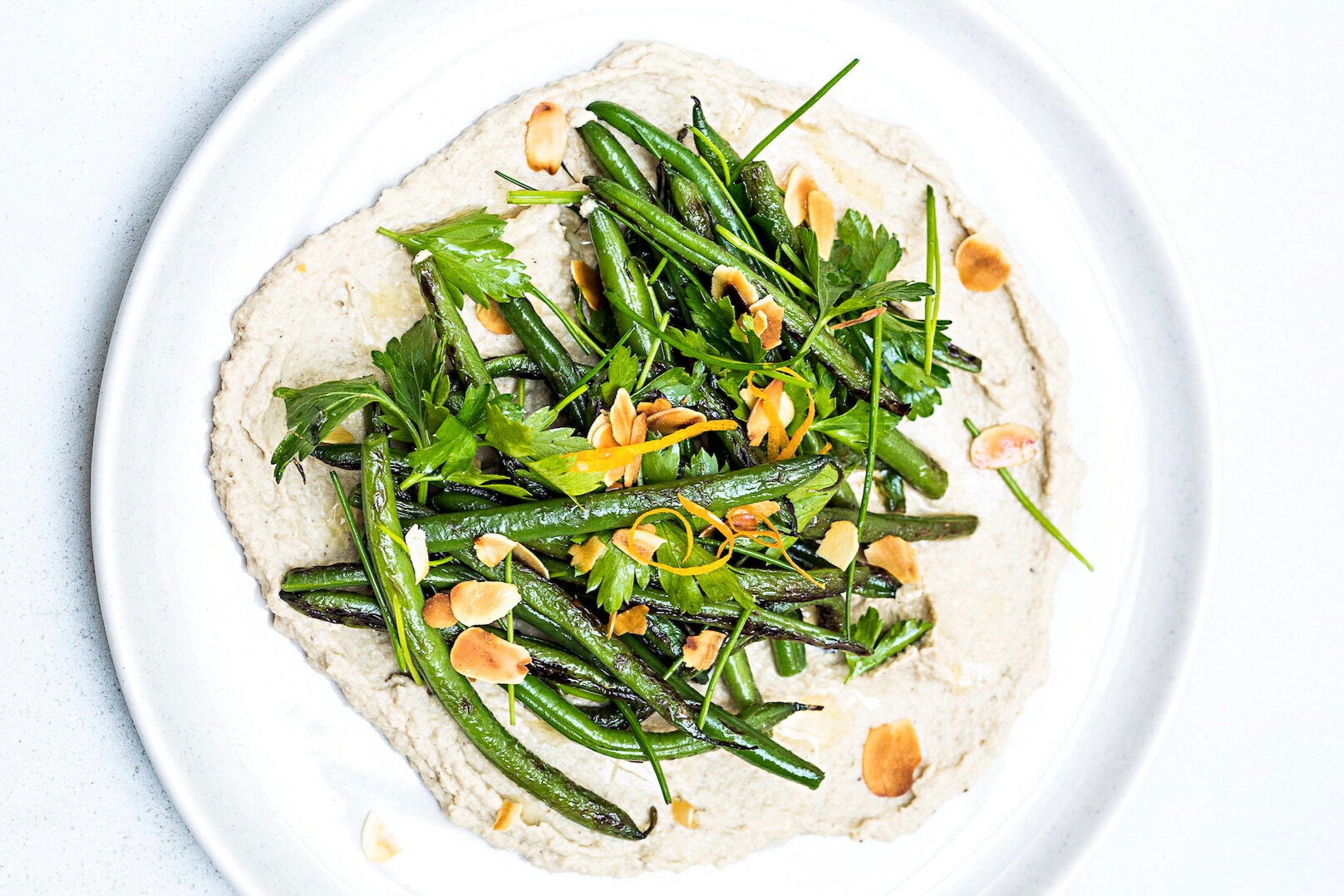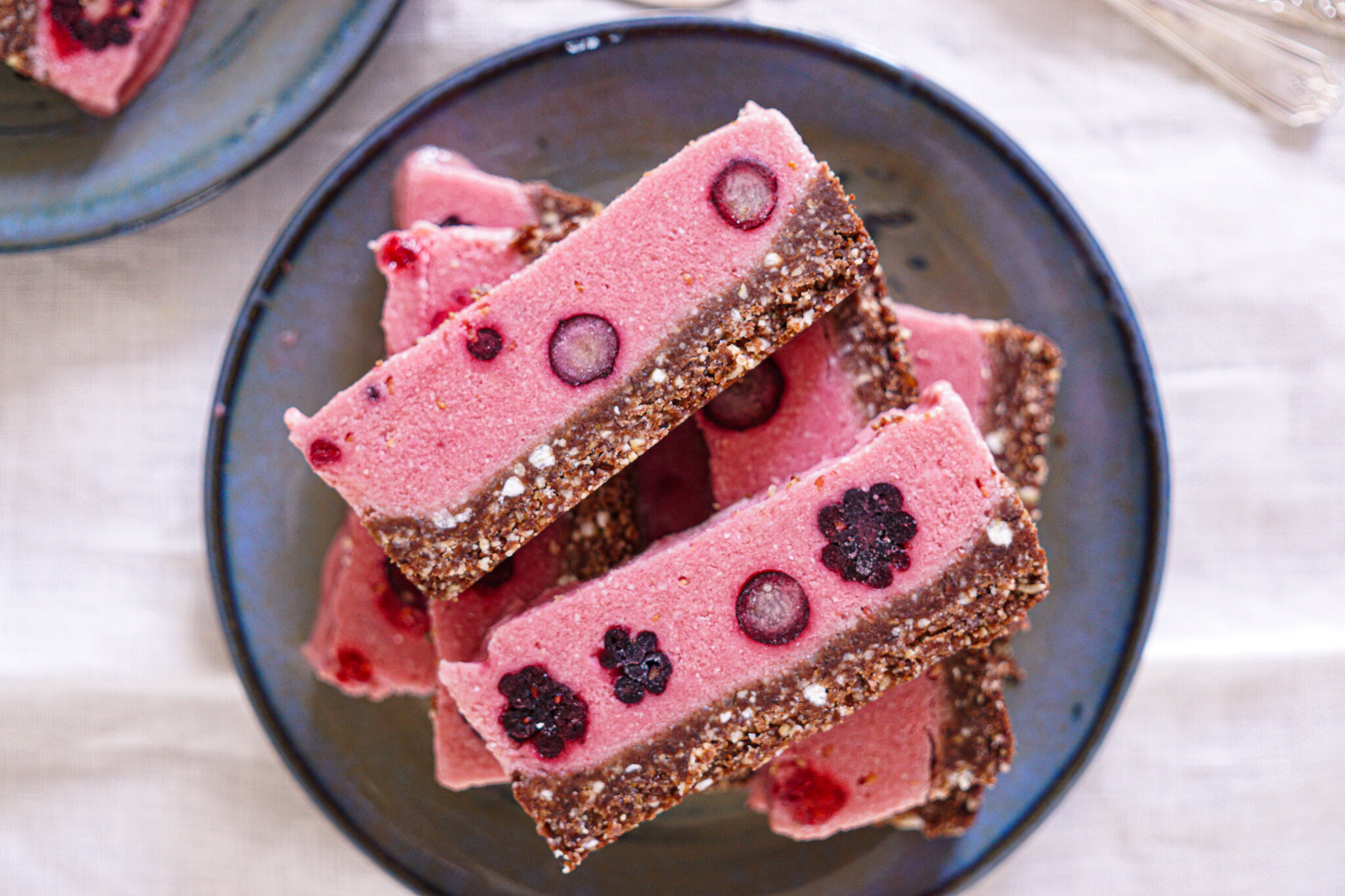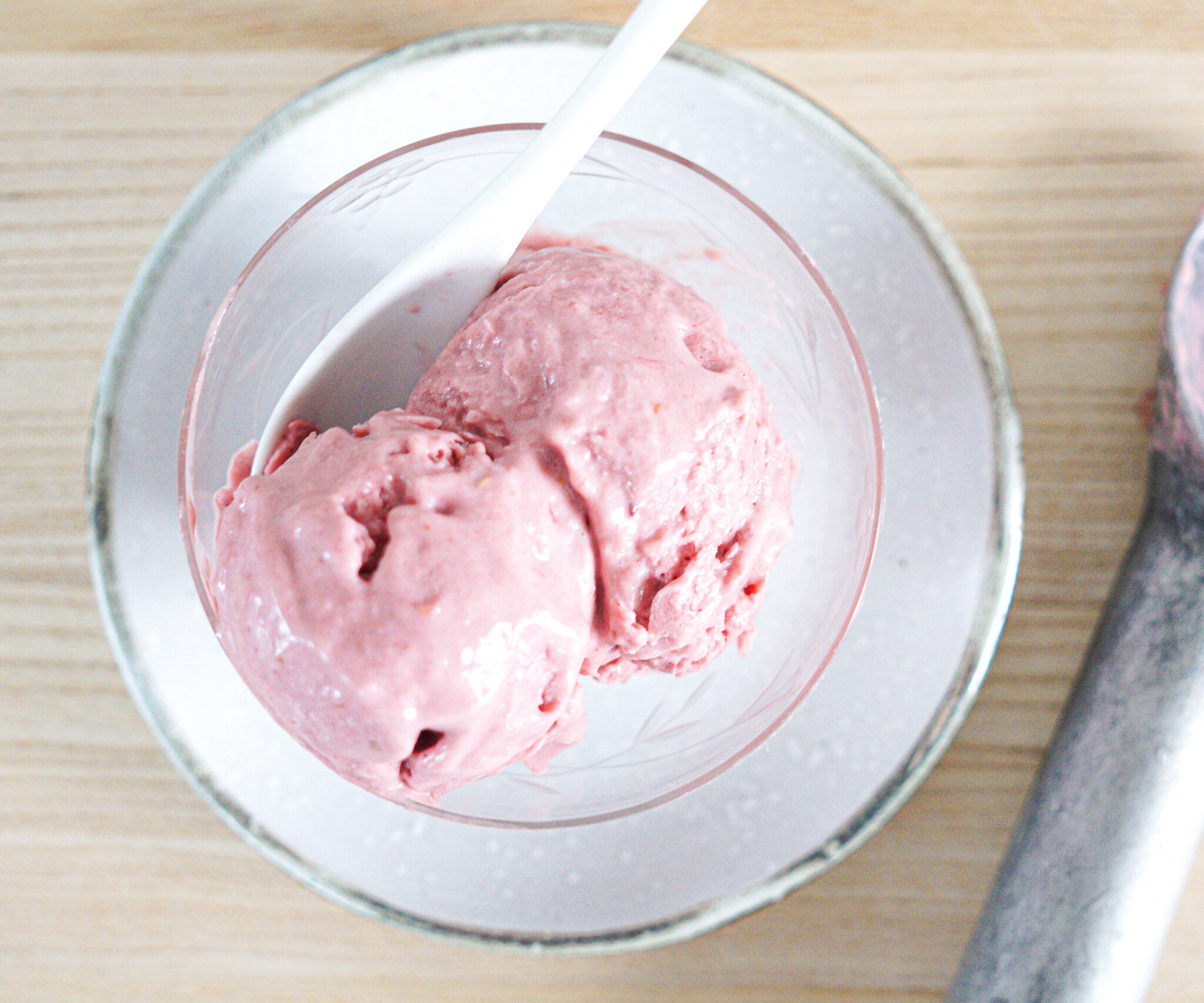When your dinner guest, a super-accomplished-cook with a discerning palette, announces that your meal is one the best things they have tasted in ages, you know you’re onto a good thing. Inspired by Melissa Clark of The New York Times, this modern taken on France’s traditional boeuf Bourguignon puts mushrooms at centre stage, seared to a rich golden “meaty” brown.
Some tips to make your version really shine: Be sure to use several varieties of mushrooms to create a greater depth of flavor. Add toasted sesame oil to bring an extra, silky richness to the dish. Finish off with candied citrus for added color, texture and crunch.
This amazingly rich and luxurious dish is a cold-weather main course that you, your family, and guests will want to savor time and again.
Mushroom Bourguignon
8 servings | Equipment: A large skillet; a 6-quart (6 l) cast-iron pot, with a lid; 8 warmed shallow soup bowls
Ingredients
About 8 tablespoons toasted sesame oil or extra-virgin olive oil, plus more as needed
1 pound (500 g) mixed mushrooms, such as cremini, shiitake, and brown button
8 ounces (250 g) pearl onions, peeled
Fine sea salt
Freshly ground black pepper, such as Timut
1 large leek, white and light green parts, rinsed and thinly sliced
3 carrots, scrubbed and thinly sliced
1 tablespoon tomato paste
2 tablespoons all-purpose flour
1 cup (250 ml) red wine
3 cups (750 ml) homemade vegetable or chicken stock
2 tablespoons tamari, or to taste
Candied orange or lemon peel, for garnish
Minced chives or scallions, for garnish
Polenta or rice, for serving
Method
1. In a large skillet, heat 2 tablespoons of the oil over moderate heat until hot but not smoking. Increase heat to high and add the first variety of mushrooms in a single layer, along with about 1/3 of the pearl onions. Fully sear the mushrooms until thoroughly brown on both sides, about 4 minutes total. If the mushrooms become dry before browning, you may need to add additional oil. Be patient, and do not undercook. Use a slotted spoon to transfer the mushrooms and onions to the cast-iron pot. Season with salt and pepper. Repeat with another 2 tablespoons of oil with the remaining onions and two varieties of mushrooms. Add to the other mushrooms and onions in the pot.
2. In the same skillet, heat 2 tablespoons of oil and sauté the leeks and carrots until the leeks turn lightly golden and begin to soften, about 5 minutes. Stir in the tomato paste and cook for 1 minute. Stir in the flour, cooking for a further 1 minute. Transfer the mixture to the mushrooms and onions in the pot. Add the wine, stock and 1 tablespoon of the tamari. Partly cover the pot and simmer, over low heat, until the carrots and onions are tender and the sauce is thick and shiny, 30 to 40 minutes. Taste for seasoning, adding more salt and tamari if needed. (The dish is even more delicious if prepared a day ahead, chilled then reheated at serving time.)
3. To serve, arrange the polenta or rice in the warmed shallow soup bowls. Spoon the mushroom Bourguignon on top, and garnish, as desired, with candied citrus, minced chives, or scallions.
This is a Nourish the Planet recipe, part of a collaborative series by Patricia Wells and Emily Buchanan.
© 2020 – All rights reserved. Please do not reproduce without permission.
Find our more here about why we created this series.






